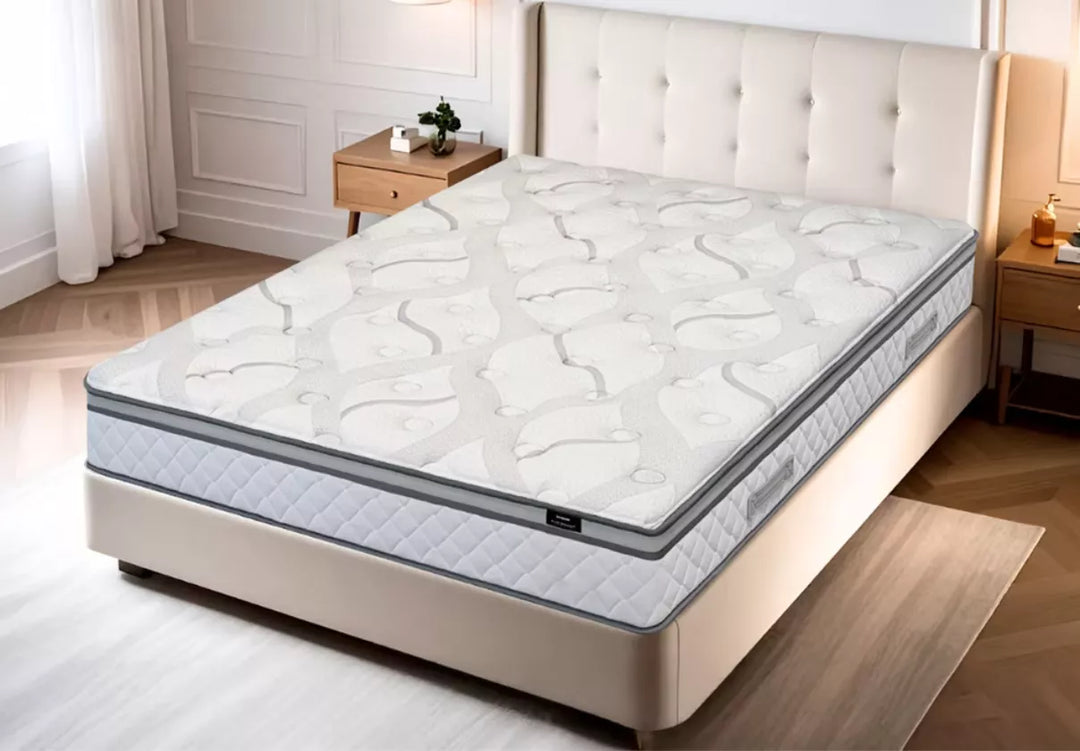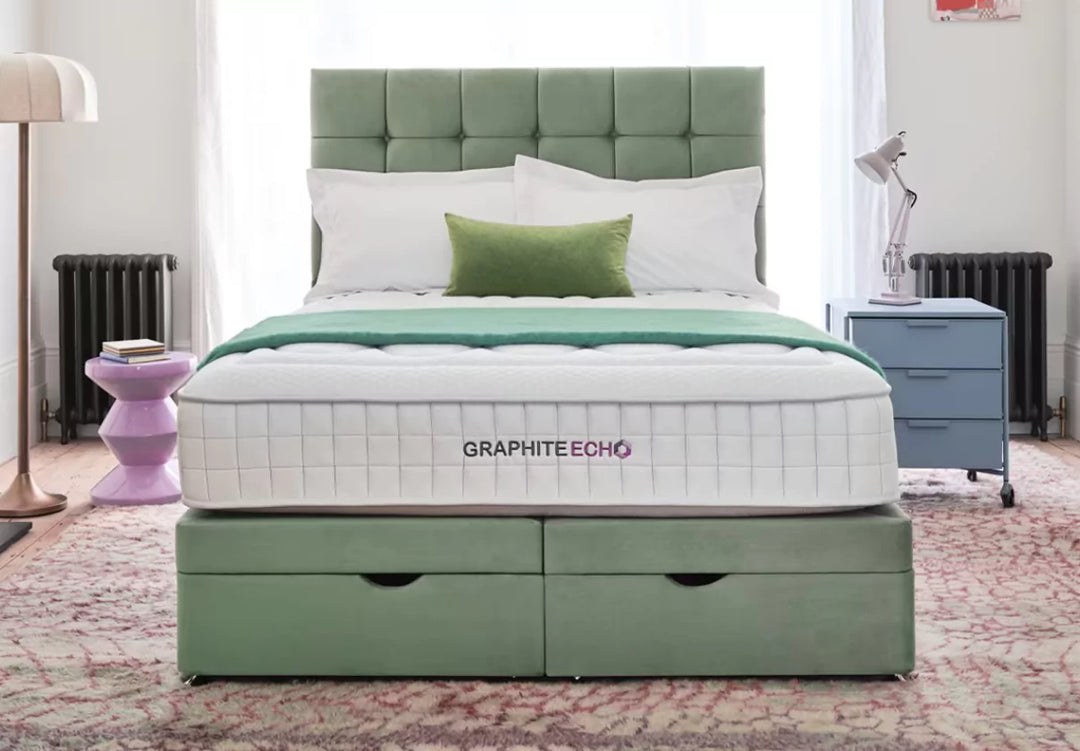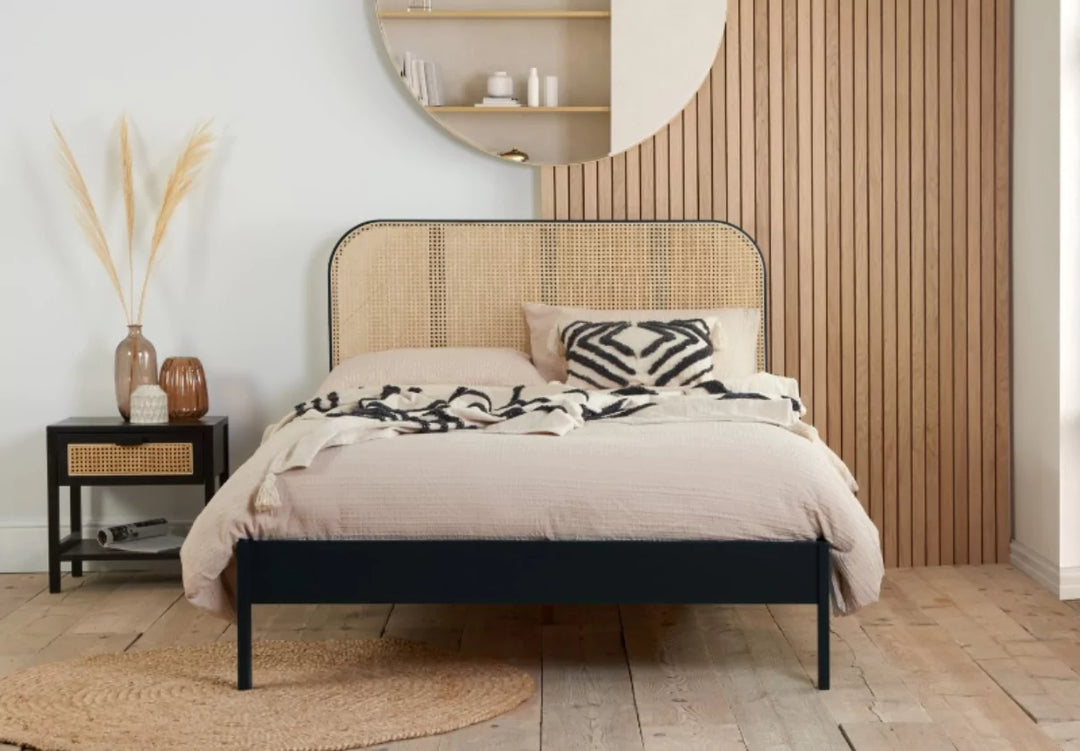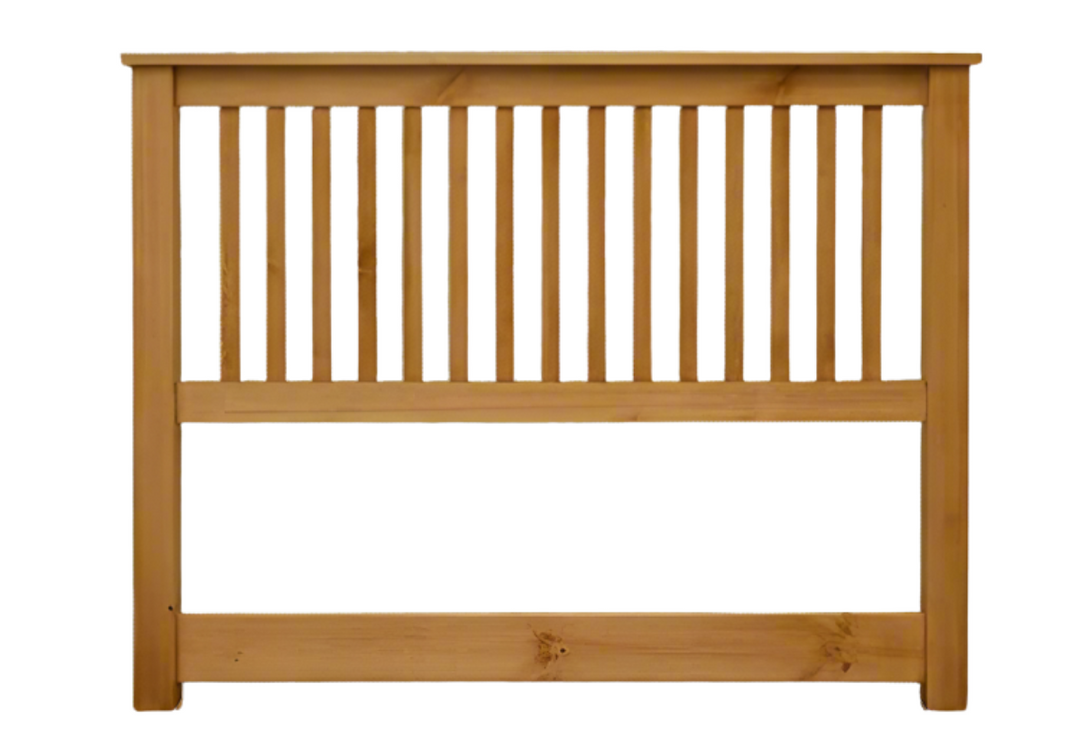Work From Home Like a Pro
Understanding the Significance of Separation
The first step towards effectively working from home is recognising the psychological impact of your workspace. Studies have shown that distinct boundaries between work and personal areas can significantly enhance focus during work hours and relaxation during off hours. The blend of both in a single space like the bedroom requires thoughtful planning and discipline to avoid the pitfalls of either extreme: the encroachment of work stress into relaxation spaces or the lure of comfort zones during work hours.
Strategies for Effective Space ManagementDefine Your Spaces
The key to effective space management within your bedroom is defining clear, separate areas for work and rest. This can be achieved through physical dividers such as bookshelves, screens, or even plants. For those with limited space, even a distinct rug or a different orientation of your desk can signal a boundary. The goal is to create a mental association with each area: one for focus and productivity, the other for relaxation and rest.
Invest in Ergonomics
Equipping your workspace with ergonomically designed furniture is not just an investment in comfort but also in health and efficiency. An ergonomic chair that supports your posture and a desk at the right height can prevent the physical strains often associated with long hours of desk work. This distinction also reinforces the separation between work and leisure zones within your bedroom.
Leverage Lighting
Lighting plays a crucial role in distinguishing your work area from your rest area. Natural light boosts mood and productivity, so positioning your workspace near a window is ideal. For the rest area, softer, warmer lights can enhance relaxation. If possible, use different lighting fixtures or settings to further demarcate and enhance the functionality of each space.
Minimise Distractions
In a bedroom-turned-office, the temptation of the bed is ever-present. To combat this, ensure your workspace is organised and devoid of clutter that can lead to stress or distractions. Keep work-related items within the workspace and personal items out of sight during work hours. This clear division helps in mentally preparing for work and signals when it’s time to switch off.
Prioritise Comfort and Health with the Right Bed and Mattress
The centre-piece of any bedroom is undoubtedly the bed, and choosing the right mattress is pivotal for restorative sleep. After spending hours at your workspace, the quality of rest you receive directly impacts your productivity and health. Invest in a high-quality mattress that supports your body's needs, whether it's memory foam for pressure relief or a firmer option for spinal support. A comfortable, supportive bed encourages proper rest, which is essential for maintaining a healthy work-from-home lifestyle.
Incorporate Personal Touch
Finally, personalising your workspace can boost your mood and productivity. However, it's essential to maintain a balance. Opt for decorations that inspire and motivate rather than distract. Similarly, the rest area of your bedroom should be a haven of tranquillity, free from work-related materials or technology that can disrupt sleep, such as laptops or work documents.
Embracing Flexibility and Discipline











Leave a comment